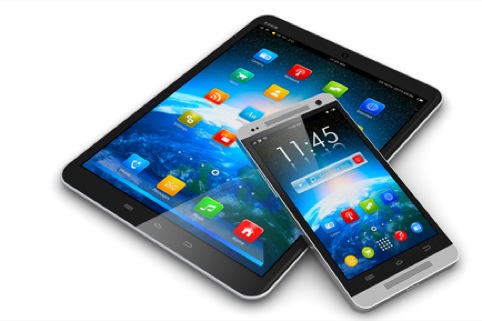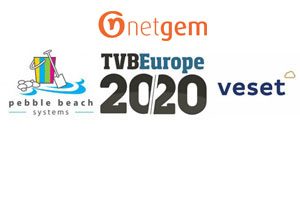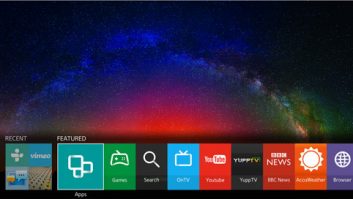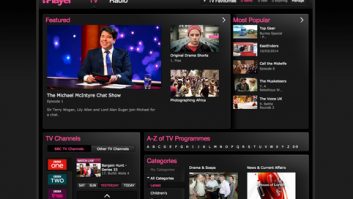
By Ferdinand Maier, CEO, ruwido Austria
The emergence of multiscreen services has transformed the television landscape, and we are now seeing unprecedented levels of content consumption across a multiplicity of IP-enabled devices. There are many new ways to watch TV and connected devices have opened new methods for users to interact with their chosen content.
With so much industry focus upon multiscreen services, high definition and beyond, the findings of our research programme into user behaviour and trends of the last fifteen years underline the fundamental importance of user experience, usability and utility for all types of control either via remote control or applications for smart phones or tablets.
The remote control is deeply ingrained in people’s natural behaviour when they are interacting with the television, and at ruwido, we are continually looking for new and exciting ways for users to enhance their TV experience, while remaining sympathetic to their core needs. Users want and need methods of interaction that complement the rapidly evolving TV everywhere space – solutions which can intuitively manage and navigate the ever-expanding choice of content, menus and VOD libraries on the big screen.
There is no doubt that TV consumption is changing, but second screens and remotes do not compete with each other – they complement each other. Research has shown that the remote control plays a central role in the interactive TV environment even when second screens are available. In the television environment, remotes can be seen as ‘public devices’ whereas tablets or smart phones are viewed as ‘private devices’ with our research showing a clear consumer desire for separation between the two.
Second screens as ‘private devices’ support users in a variety of tasks and enhance the utility of the whole TV ecosystem. The second screen provides users with the means to further explore their chosen content or simply to alleviate a few minutes of boredom with tasks that are not always related to content. These are the actions people spend most of their time engaged in when using their tablet or smartphone while watching the main TV screen. Tasks like checking emails or bus timetables and football scores on a tablet or smartphone are just some of the activities we see as occupying the ‘private space’ of content consumption that has little or no relevance to what is on the main TV screen.
Only a very small percentage use connected devices in a way that is contextual to what is displayed on the main screen, like finding out more information about a TV programme. Statistics on tablet usage vary but in general when using a tablet while watching TV only 15 per cent of the activity on the tablet is related to the TV programme running on TV. Thus applications that support TV content will only be successful if they directly address utility and the corneal behaviour of the viewer. Second screen content has to be connected closely to the material on screen but also programmed and designed in a way that allows the second screen to be utilised for other tasks that are not directly related to the content on TV. The usage of smart phone applications for actual control is low due to the conflict of private activities like an incoming call, or text messages whilst wanting to change channels or volume on the TV.
Contrary to smart phones or tablets, the remote control is a ‘public device’ that can be passed on to others without loss of privacy. The TV remains resolutely in the ‘public’ space and the remote control remains key to everyone enjoying the entertainment experience in the living room.
ruwido’s study on distinctions between ‘private’ and ‘public’ devices and the limitations of TV control apps on mobile phones provides empirical evidence on which to explore new interaction concepts that meet the requirements of the modern TV landscape in the context of the home. The most promising are those which are multimodal – for example, interaction mechanisms which fuse speech transmission with button-based control or those which integrate haptic feedback capabilities.
The utility of the remote is therefore independent from the utility of second screens – the remote is a symbol for control, access and comfort – thus, control is independent from other tasks like browsing for information on a tablet.







